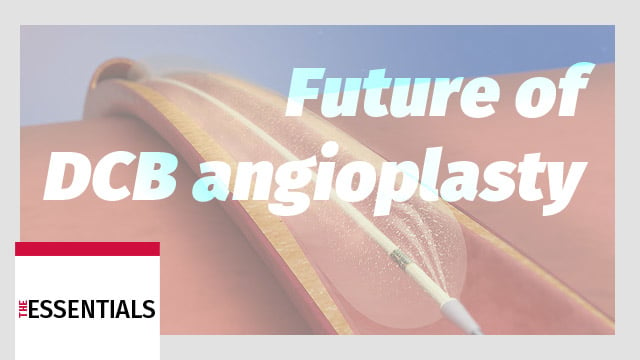3632 results for «2006»
3632 results
Artificial intelligence-powered quantification of coronary physiology and vulnerable plaque: opportunities for novel treatment options
15 May 2024 – From EuroPCR 2024
In this session, uncover new data on Murray-law based quantitative flow ratio (muFR) assessment, providing a comprehensive understanding of PCI outcomes from a single angiographic view, explore the innovative application of artificial intelligence in identifying vulnerable plaque and assessing hemodynamic stenosis significance through the analysis of...
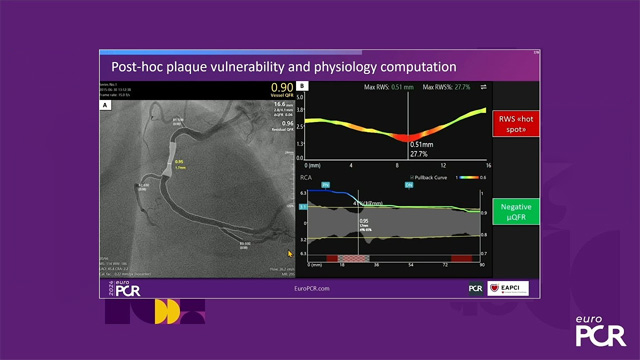
The challenge with ostial CTO lesions
16 May 2024 – From EuroPCR 2024
This session comprises selected EuroPCR 2024 Clinical Case submissions focused on the challenges in treating ostial chronic total occlusion (CTO) lesions. It covers various case presentations and discussions, including the use of specialized techniques and devices to tackle calcified and stumpless ostial right coronary artery CTOs,...
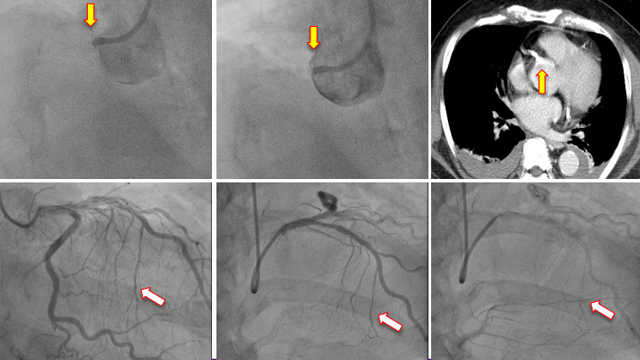
IMPELLA protected PCI and intravascular lithotripsy in a calcified degenerated saphenous vein graft
27 Jan 2022
Find out more about a 77-year-old male patient with hypertension without good BP control, dyslipidaemia, Type II-DM, ex-smoker, who had triple CABG in 2006, EF 60% in 2017, and presented with dyspnea.

Author

Author
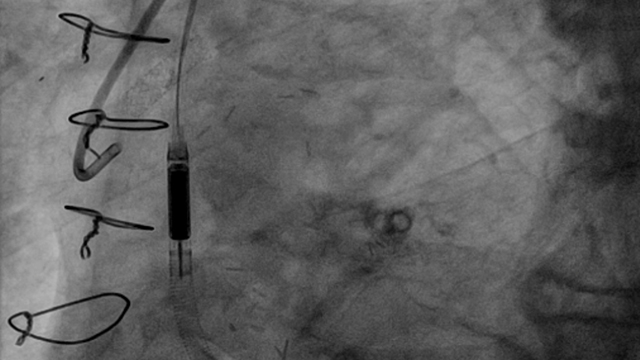
Percutaneous recanalisation of chronic total occlusions: 2019 consensus document from the EuroCTO Club
18 Jul 2019
Read this new document reflecting the expertise of European operators to promote CTO PCI in Europe and neighbouring communities
Authors :
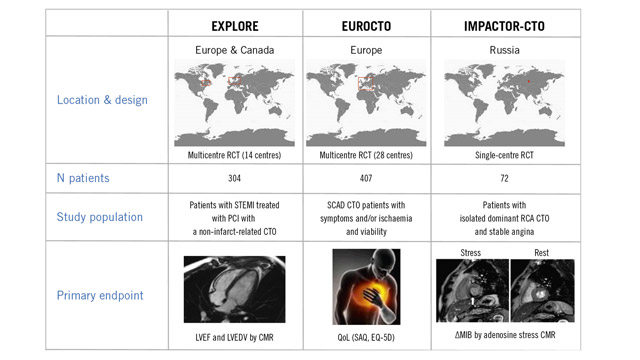
SHARE (Sustain Health Development in Africa)
30 Mar 2017
SHARE is turning its attention to Mali in West Africa with a view to duplicating the Mauritanian experience. Find our more about how this NGO helps to save lives!

Bubble trouble: aortic air embolization and de-embolization during coronary angiography
09 Aug 2021
Air embolism (AE) is a rare complication during interventional procedures and one of the most scaring for interventional cardiologists. Air bubbles in the coronary circulation often result in ischemic symptoms, vasospasm, and even cardiac arrest. In addition, arrhythmias are common and closely related to the coronary ...
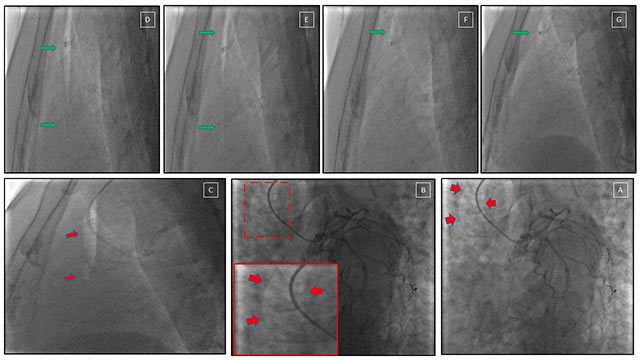
Percutaneous aspiration of vegetation to relieve obstruction in surgically repaired mitral valve
16 Jan 2025
This image highlights the challenges of managing infective endocarditis (IE) and explores the potential role of transcatheter extraction devices in addressing unmet needs for patients who cannot undergo surgery.
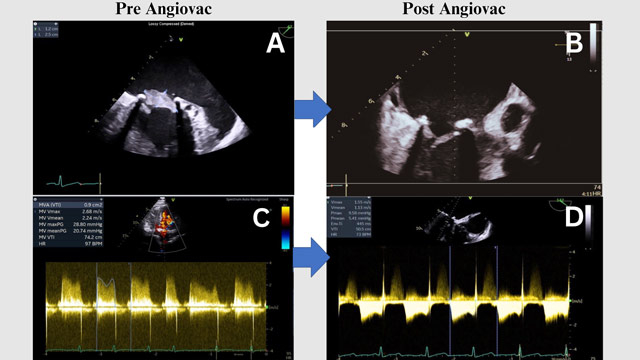
Drug-coated balloon (DCB) technology: A pioneer’s view of the historical evolution and future directions
08 Jan 2025
In this article, Bruno Scheller explores advances in local drug delivery, from drug-coated balloons to novel antiproliferative agents. These innovations aim to reduce restenosis, minimize permanent implants, and pave the way for patient-specific coronary artery disease treatments.

Author

Critical reflection on effective life-long learning – interventional cardiologists in pandemic times
17 Dec 2020
Because of the current COVID-19 environment with an exponential development of ‘digital format of postgraduate learning events’, often on the same topics, it seems essential to remember the foundation of effective post graduate learning in the field of medicine, and how we...
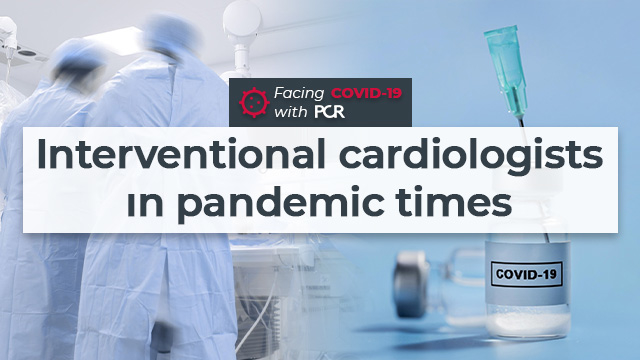
SWEDEHEART: Improving the quality of cardiology care in Sweden and beyond!
22 May 2025
Lars Wallentin and Stefan James received the Andreas Grüntzig Ethica Award during EuroPCR 2025, on behalf of a wider team of cardiovascular registry experts who have contributed in an extraordinary way to the PCR mission.

At PCR, it’s all about people!
17 May 2023
EuroPCR – the 2023 edition – has been prepared with a new Core Team. Indeed, Jean Fajadet and William Wijns invited three new Course Directors to join them in this role at the end of last year. It was all part of a general reorganisation of PCR’s structure, during...
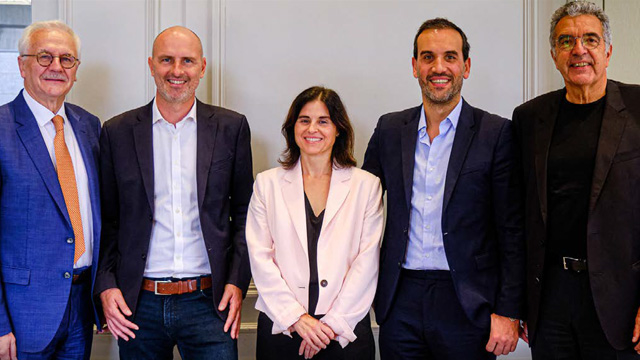
Future directions of drug-coated balloon angioplasty
06 Feb 2025
Fernando Alfonso and Javier Cuesta discuss the growing role of drug-coated balloons as an alternative to stents in percutaneous coronary interventions. Highlighting advantages like reduced in-stent restenosis, they emphasize the need for robust clinical studies to refine DCB use.

Author

Author
